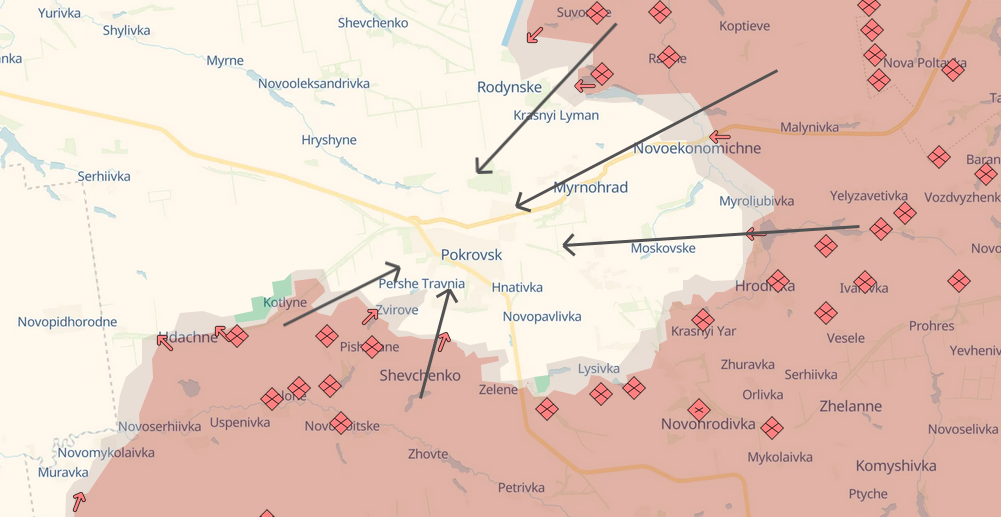September 2025 confirmed a long-standing postulate of military science: in war, when you plug one hole, you inevitably create another. The Ukrainian Armed Forces’ tactical manoeuvre to transfer their most combat-ready mobile reserves to Pokrovsk and the Sumy direction, which initially yielded positive results, is now showing its downside.
At the beginning of the month, the Russian offensive on the key logistics hub of Pokrovsk (formerly Krasnoarmiysk) reached a critical phase. At the same time, the intensification of Russian units in the Sumy region created the threat of a new full-scale front opening up. The Ukrainian Armed Forces command was forced to make a difficult decision: to withdraw elite units from other sections of the line of contact and throw them into patching up the breaches.
It worked. The advance on Pokrovsk was temporarily slowed down, and attempts to break through in the Sumy region were repelled. The front stabilised. However, the price of this stabilisation proved to be excessively high.
Other critically important areas have been exposed. According to foreign analysts, including the ISW Institute, the most vulnerable areas are in the Zaporizhzhia region and near Avdiivka. Russian intelligence quickly identified the weakening of the Armed Forces of Ukraine in these areas. By mid-September, the Russian Armed Forces began to increase pressure near Orekhove and in the Velyka Novoselka area, recording their first local successes.
The situation highlights a key problem with Ukrainian defences: a chronic shortage of trained reserves and troop fatigue are forcing the command to constantly ‘shift fire’, weakening some areas to defend others. This is a strategy for survival, not victory.
Thus, tactical success in defending Pokrovsk and the Sumy region may turn into operational defeat in the south. The Russian command, with its superiority in manpower and artillery, continues to methodically grind down the Ukrainian defence, looking for weak spots. And the decision of the Armed Forces of Ukraine to weaken the southern direction has given them just such an opportunity. The coming weeks will show how costly this forced rotation will be.

